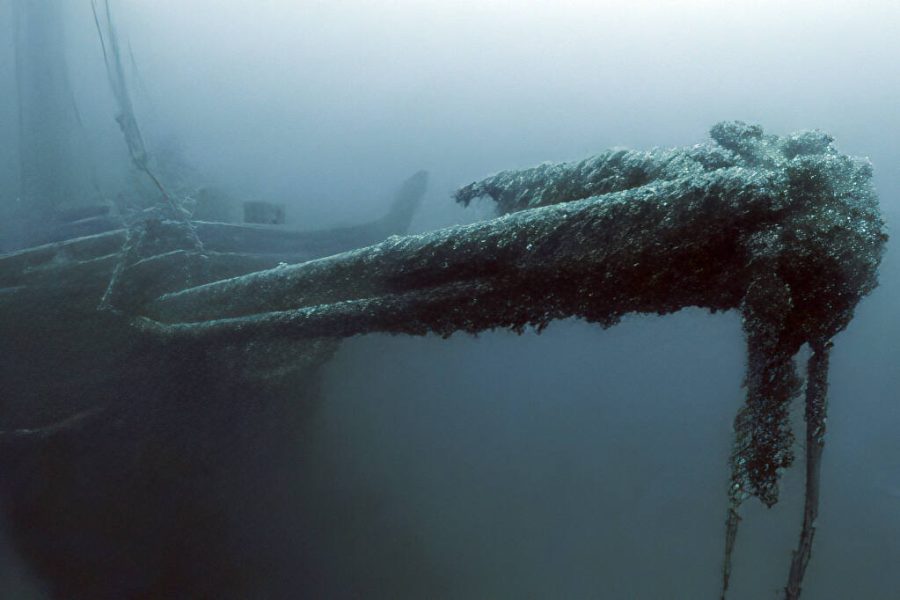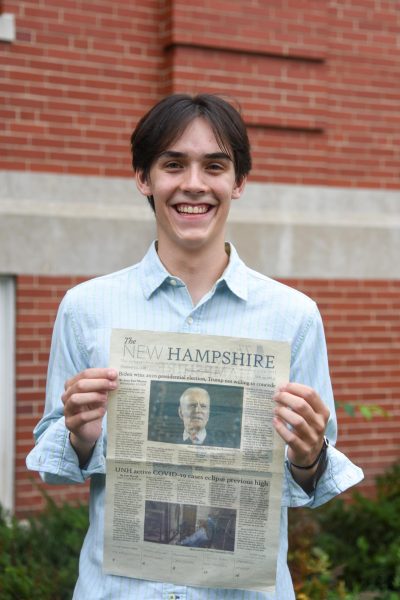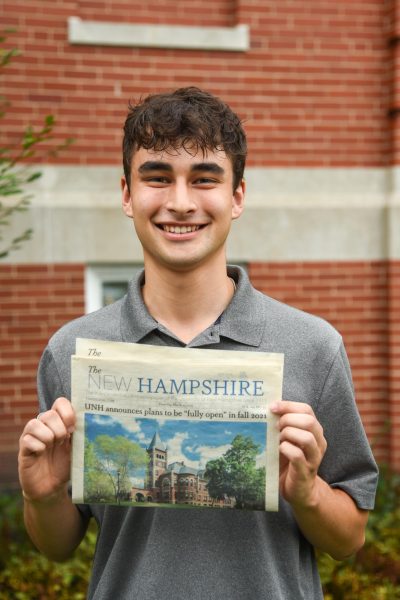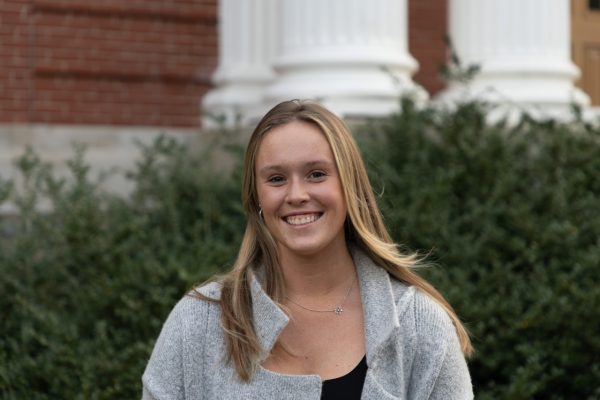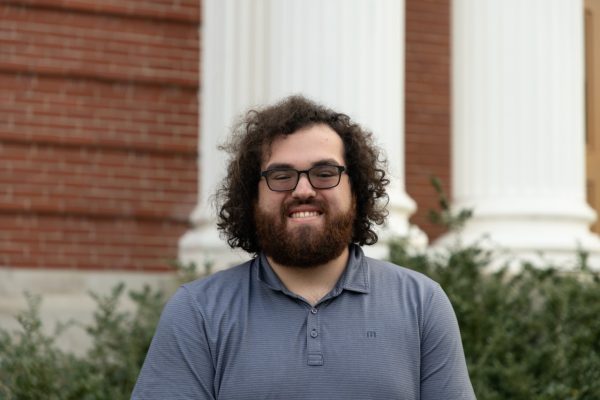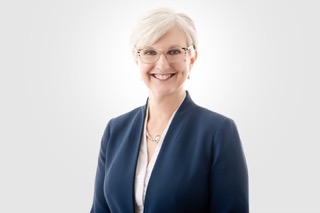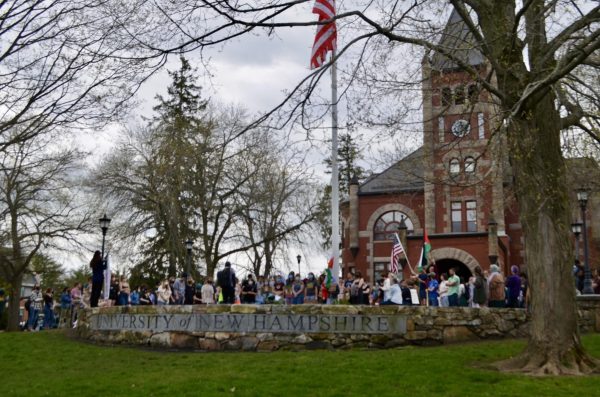UNH Team Helps NOAA Find The “Ironton” Sunken Vessel
March 22, 2023
On the shores of Lake Huron, a team of UNH engineers and graduate students joined the National Oceanic and Atmospheric Administration (NOAA) led expedition to map Thunder Bay National Marine Sanctuary, a section of Lake Huron with almost 100 shipwrecks submerged beneath it that has been under federal protection since 2000. In doing so, on March 1, 2023, they found the sunken vessel, the “Ironton” that has been lost since 1894.
The Ironton was lost after it collided with a fellow grain hauler in September of 1894 leaving only two crewmen alive in the aftermath of the incident.
The UNH team assisted the NOAA Thunder Bay National Marine Sanctuary with their mission of underwater archeology by equipping a Bathymetric Explorer and Navigator (BEN), with a telemetry radio and ensuring the safe and effective use of the Unscrewed System. Unscrewed Systems are unmanned vehicles that are used to facilitate NOAA operations. A good comparison of an Unscrewed System is a drone. Where drones fly in the air and can take photos and videos of what they see from a bird’s eye view, an Unscrewed System, such as BEN, does the same under water. These vessels are used to take photos of what they find underwater as well as collect data for NOAA. This data is gathered by the telemetry radio and is then sent to the operator of the Unscrewed System on shore.
Many long hours of preparation and testing were conducted in April at the UNH pier in New Castle, NH by the team to ensure the mission’s success. The team removed the previous control system in BEN and replaced it with their own. The new system is an open-source robotics middle-ware called the Robotic Operating System as well as a marine robotic framework titled “Project11”. The Robotic Operating System and “Project11” would interface with BEN’s sensors allowing the researchers to drive BEN along a path they have given him.
Working with their fellow researchers, the UNH team, led by Val Schmidt, took on various roles and responsibilities in preparation for and completion of the expedition. Mr. Schmidt led both the UNH and the Unscrewed Systems teams. His role included setting Standing Orders for their operations, overseeing logistics, creating a watch schedule and providing the team with leadership.
Andy McLeod, a research project manager working in Center for Coastal and Ocean Mapping Autonomous Surface Vehicle Group I, (CCOM ASV Group 1,) was responsible for the care of the both large and small ASV’s the team utilized during their expedition. This included repairing damage, general maintenance and upgrades to the systems.
McLeod said, “I tend to focus on the camera systems, telemetry and sensors, and transport logistics although we all tend to jump on anything that needs to be done.”
Roland Arsenault is an ASV pilot and the expedition’s chief software engineer. From a mobile lab on shore, Arsenault communicated with BEN to direct him on where to go as he collected sonar data. He did this by using a software he developed called CAMP, the CCOM Autonomous Mission Planner.
Arsenault worked on improving and maintaining the software framework of the unscrewed vehicles the expedition used during their research. In his role as a pilot, Arsenault monitored shipping traffic through the use of an Automatic Identification System and monitored the images that came in from the cameras on BEN to keep the vessel safe as it traveled beneath the water.
The Ocean Exploration Trust (OET) was funded by NOAA’s Thunder Bay National Marine Sanctuary to assist in mapping the area below the waters of the Great Lakes. OET is led by the famous Dr. Robert Ballard who is responsible for finding the Titanic in 1985. NOAA’s Thunder Bay National Marine Sanctuary focuses on the US waters of northern Lake Huron to help find, identity, document, preserve, and study the wreckages of the ships that have been lost there. They then preserve their findings in museums open to the public.
“I cannot stress enough how retaining the history of human endeavor has an unparalleled importance. The relationship between us and NOAA and the Ocean Exploration Trust is a thing of great value,” McLeod said.
McLeod reflected on the expedition’s impact on the ASV Group operations, “I can say that our time on Lake Huron improves our ability to operate anywhere else. The time we spend operating BEN highlights the improvements and limitations of the unscrewed vehicle paradigm.”




















